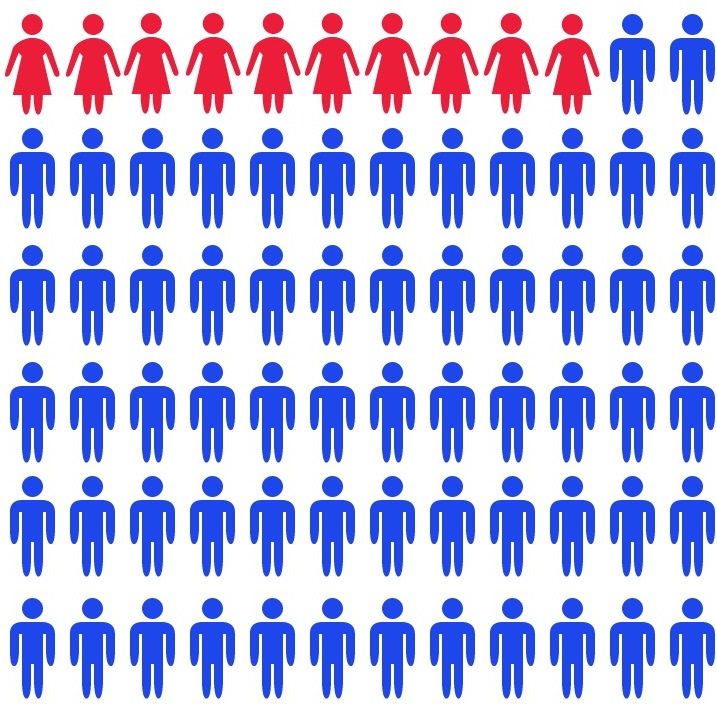
Lack of women in peer review – how do bioethics journals fare?
Not to badly, actually.

As commentators decry ‘sexism in academia’, it’s useful to consider how bioethics journals fare among peer-reviewed science journals.
Generalised science journals, new research shows, have a major gender disparity in the peer-review process. A study in Nature co-authored by Jory Lerback, a University of Utah graduate student, and Brooks Hanson, director of publications at the American Geophysical Union (AGU), shows that between 2012 and 2015, only 20% of reviewers of papers in the AGU journals were women. This contrasts with the 28% female AGU membership and the 27% of female first authors on AGU papers during the same period. Nature itself says that in 2015 only 22% of its reviewers were women.
There is limited public domain data on peer review in bioethics journals. Nevertheless, if we take the Journal of Medical Ethics (JME) as representative of bioethics generally, the discipline is faring comparatively well. The JME recently published a list of its reviewers for 2016. A quick survey of the data reveals that roughly 40% (256/633) were female. While not exactly achieving gender parity, this is significantly higher than similar data from many science journals.
Interestingly, the representation of women on the editorial board of the JME is lower (8 out of 26, or roughly 30%) than female representation in the journal’s peer review process.
Lack of women in peer review – how do bioethics journals fare?
Xavier Symons
https://www.bioedge.org/images/2008images/gender_imbalance.jpg
Creative commons
https://www.bioedge.org/images/2008images/gender_imbalance.jpg
bioethics discourse
bioethics journals
gender ratio
- Can machines be moral? - March 7, 2021
- Can we synthesise Christianity moral theology with secular bioethics? - November 28, 2020
- Euthanasia polling data may fail to capture people’s considered views - August 15, 2020
